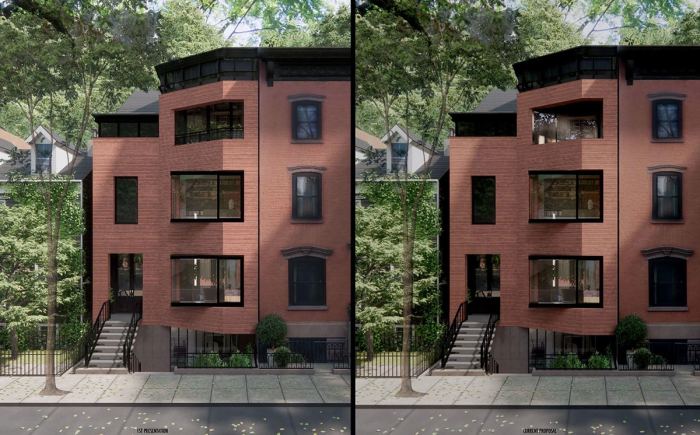Check out the Brooklyn that might have been!
A new book examines the alternative and forgotten history of Kings County. “Brooklyn: The Once and Future City” explores several ambitious but never-built projects proposed during the decades after the vibrant city of Brooklyn was controversially folded into New York City, according to its author, who will read from his book at the Brooklyn Historical Society on Nov. 7.
“What the Manhattan expansionists saw in Brooklyn was this field of dreams and there’s all sorts of fantasies about creating this super city using Brooklyn’s unbuilt terrain,” said Thomas Campanella.
In his book, the urban historian investigates several projects the city tried to undertake in the borough after the Great Mistake of 1898, many of which were near his home neighborhood of Marine Park. The southern half of the borough has been largely ignored by historians, according to Campanella.
“If northern Brooklyn was in the shadow of Manhattan, the southern half of Brooklyn has been in the shadow of both,” he said.
One such plan was to turn the shallow waters of Jamaica Bay into a deepwater port, following the water trade boom that followed the digging of the Panama Canal.
“The hopes were there was going to be a jump up in seaborne trade and everyone was trying to get ready for that,” he said.
City planners wanted to dredge and excavate the shallow waters of the bay for wharfs, and to build a railway station to allow for heavy manufacturing, but then Parks Commissioner and power-broker-in-the-making Robert Moses sank the idea because he wanted to preserve the natural wetlands.
Not far away, in what is now Marine Park, planners wanted to pave the wetlands of Gerritsen Inlet and use the space for a bicentennial celebration of George Washington’s birthday in 1932. That plan eventually morphed into the World’s Fair, which Moses again strong-armed the city into moving to Flushing, Queens, in 1939.
Another spectacular project in Campanella’s book is the Globe Tower, a 700-foot steampunk-looking orb structure designed to house an indoor amusement park, dreamt up by early 20th century inventor Samuel Friede.
Friede convinced the founder of the Steeplechase, George Tilyou, to erect the steel structure on Surf Avenue, near the current location of MCU Park. Friede got people to buy stocks in the project — and then took off for Europe with the money. It’s hard to say now whether he planned to swindle his investors all along, or if just got in over his head, according to Campanella.
“It’s hard to say whether Friede was planning the scam all along or whether he actually believed in it,” he said.
These grand ambitions were soon replaced by an inferiority complex, said the author, in which Brooklyn no longer felt like an underdog competitor against its Manhattan rival, but like a lesser part of the larger city.
“What consolidation ultimately did, in my view, in time it sucked the moxie and ambition out of Brooklyn,” he said. “That’s when I start to see evidence of this toxic self-loathing in Brooklyn, ‘Woe is me, we’re colonized terrain, we’re the outer borough, we’re a lesser place’ — it’s a very different Brooklyn from today.”
“Built and Never-Built Brooklyn” at Brooklyn Historical Society [128 Pierrepont St. at Clinton Street in Brooklyn Heights, (718) 222—4111, www.brook
























